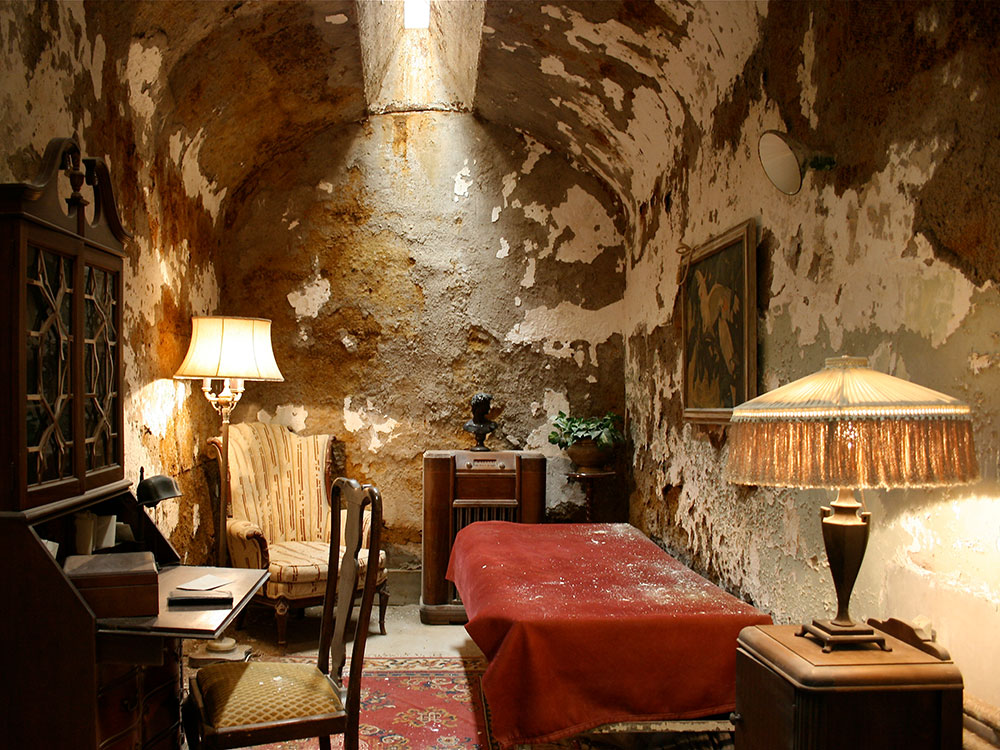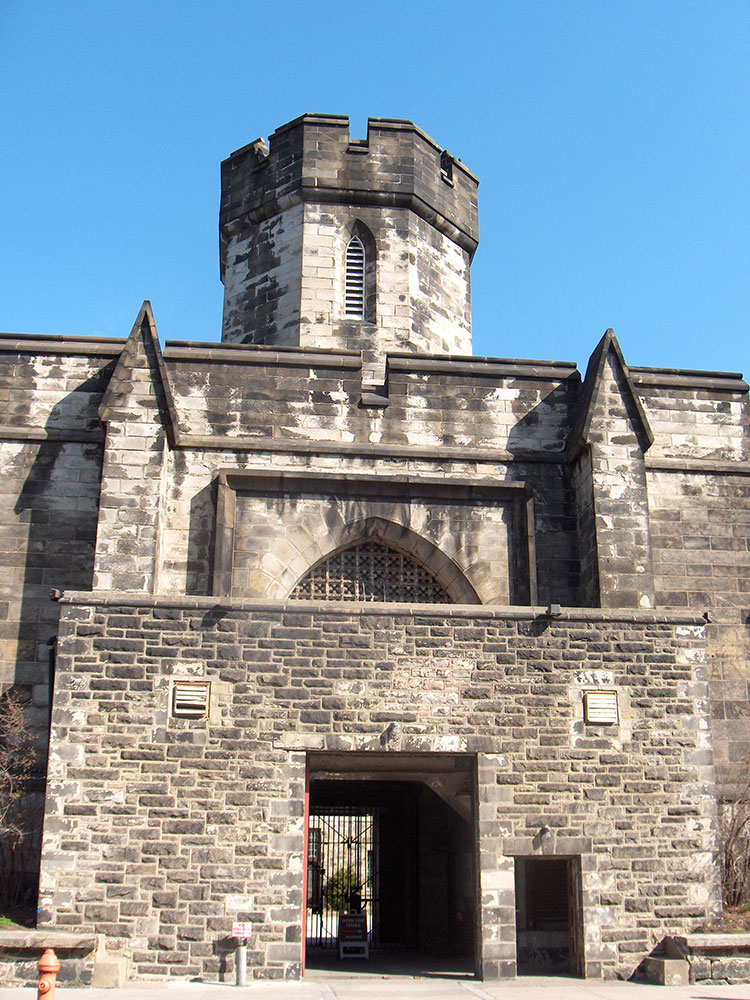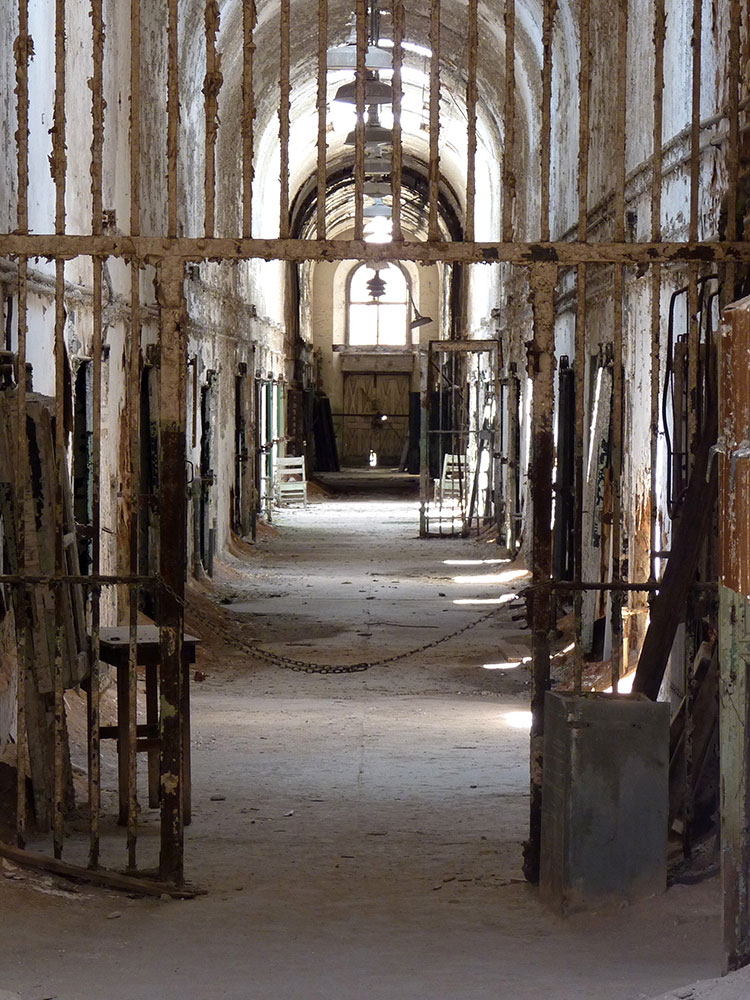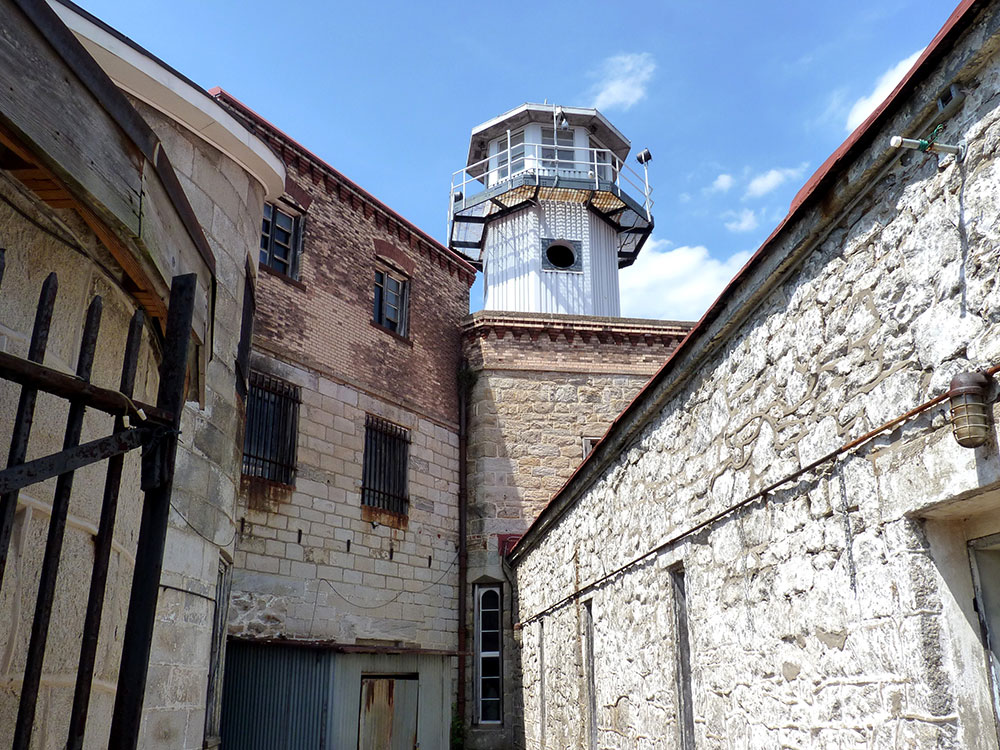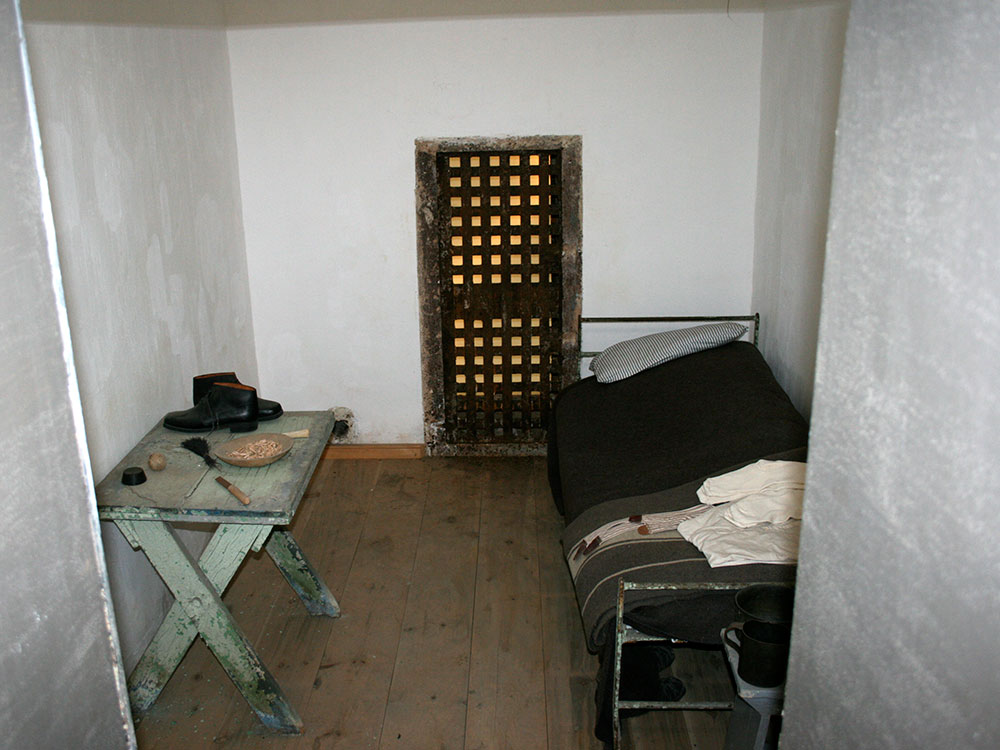Former American prison where notorious criminals such as Al Capone and bank robber Willie Sutton were held
General Information
Night Tours Summer Twilight: May 25 to September 4 Thursday to Sunday 6:00pm to 10:00pm
Senior (Ages 62+): $19.00
Child (Ages 7-12): $17.00
Child Ages 6 and under: Free
Night Tours Summer Twilight: $21.00
How to Get There
Follow S Penn Square and John F Kennedy Blvd to N 16th St/State Rte 3027. Take Benjamin Franklin Pkwy and N 22nd St to Fairmount Ave.
Overview
The Eastern State Penitentiary, also known as ESP, is a former American prison in Philadelphia, Pennsylvania. It is located in the Fairmount section of the city, and was operational from 1829 until 1971. The penitentiary refined the revolutionary system of separate incarceration first pioneered at the Walnut Street Jail which emphasized principles of reform rather than punishment.
Notorious criminals such as Al Capone and bank robber Willie Sutton were held inside its innovative wagon wheel design. James Bruno (Big Joe) and several male relatives were incarcerated here between 1936 and 1948 for the alleged murders in the Kelayres massacre of 1934, before they were paroled. At its completion, the building was the largest and most expensive public structure ever erected in the United States, and quickly became a model for more than 300 prisons worldwide.
The prison is currently a U.S. National Historic Landmark, which is open to the public as a museum for tours.
When the Eastern State Penitentiary, or Cherry Hill as it was known at the time, was erected in 1829 in Francisville (the idea of this new prison was created in a meeting held at Benjamin Franklin's house in 1787) it was the largest and most expensive public structure in the country. Its architectural significance first arose in 1821, when British architect John Haviland was chosen to design the building. Haviland found most of his inspiration for his plan for the penitentiary from prisons and asylums built beginning in the 1780s in England and Ireland. He gave the prison a neo-Gothic look to instill fear into those who thought of committing a crime.
These complexes consist of cell wings radiating in a semi or full circle array from a center tower whence the prison could be kept under constant surveillance. The design for the penitentiary which Haviland devised became known as the hub-and-spoke plan which consisted of an octagonal center connected by corridors to seven radiating single-story cell blocks, each containing two ranges of large single cells—8 × 12 feet × 10 feet high—with hot water heating, a water tap, toilet, and individual exercise yards the same width as the cell.
The Eastern State Penitentiary operates as a museum and historic site, open year-round. Guided tours are offered during the winter, and during the warmer months, self-guided recorded tours with headphones are also available (narrated mainly by Steve Buscemi, with former guards, wardens and prisoners also contributing). A scavenger hunt is available for children.
Visitors are allowed to walk into several specially marked solitary confinement cells, but most of them remain off limits and filled with original rubble and debris from years of neglect. The city skyline of Philadelphia is visible from the prison courtyard, which still has the original baseball backstop and a chain link fence atop the "outfield wall," the outer prison wall, to attempt to keep home run balls inside the grounds. There is also a camera located in the center guard tower, that lets visitors experience a correctional officer view of the prison.
The tour ends with an exhibit titled "Prisons Today: Questions in the Age of Mass Incarceration" which informs guests about the US prison system today.
This article uses material from the Wikipedia article "Eastern State Penitentiary", which is released under the Creative Commons Attribution-Share-Alike License 3.0
